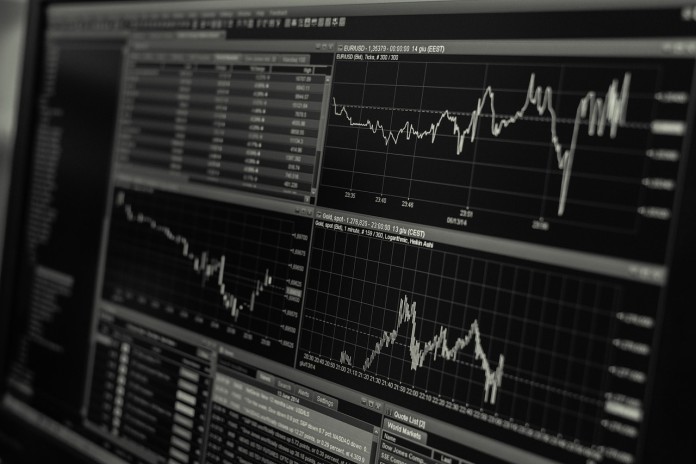Uncertainty and bullishness: two words to describe the last volatile week.
A mix of economic and political elements affected the calmness at the end of May. Specifically, the rebound of tariffs imposition coming from the Trump administration revitalized the geopolitical trade war. In Europe, on the other hand, both the crisis in Spain and moreover in Italy threatened the general environment with a surge of safe haven assets.
But latest release of the Bureau of Labor Statistics calmed down the impatience of markets, smoothing the cross-asset volatility and allowing the equity indexes to recover from their intra week lows. The picture of labour market is glowing. New record low for the unemployment that is now at 3.8% for the month of May 2018, the lowest level since 1969 touched only once previously in April 2000. A very strong economic indicator that is confirming the goodness of current growth pattern but at the same time has no prediction power itself.
The percentage of unemployment of Blacks at 5.9%, even if it is a very volatile data, is confirming that the US economy is firing on all cylinders and also the average hourly earnings, that have increased by 2.7 percent, over the year, is signaling a weak but sustained pressure on salaries.
At this point, the Federal Reserve would be more confident to raise rates three more times this year since the strong employment report comes after a string of upbeat economic data, i.e. consumer spending, industrial production and construction spending.
But the overall picture is not so clear if we look forward. In fact, as we already mentioned, the decision of Trump administration to impose tariffs on steel and aluminum is invigorating the trade war and there is a potential pressure on prices that is not fully discounted by the market. Also, some inflation (although a good one) can derive from the job market, as we are approaching to historical lowest level. Last but not least, the timing of the expansionary fiscal policy adopted by US might be not so appropriate considering the late cycle.
Of course the tax reform can potentially empower the current pace of job creation, sustaining the US economy; nonetheless if we experienced a general and global growth so far, the virtue mechanism can be damaged by a stronger dollar. In fact, the expectation of a more aggressive FED is reinforcing the USD against its major pairs. On top of it, for a global economy that has been built on a massive pile of debt, higher US rates can be translated in a credit shock. The recent emerging market sell-off is already signaling a sort of alert.
It is never an easy task to predict the next correction or a slowdown of the economy. But basing our analysis by only looking at the job market, could be a mistake or at least an overvalued estimation of potential pattern. Like for a rear-view mirror, very helpful when we drive, but it is not the only support that is helping us drive safely.
Christian Zorico: LinkedIn Profile


